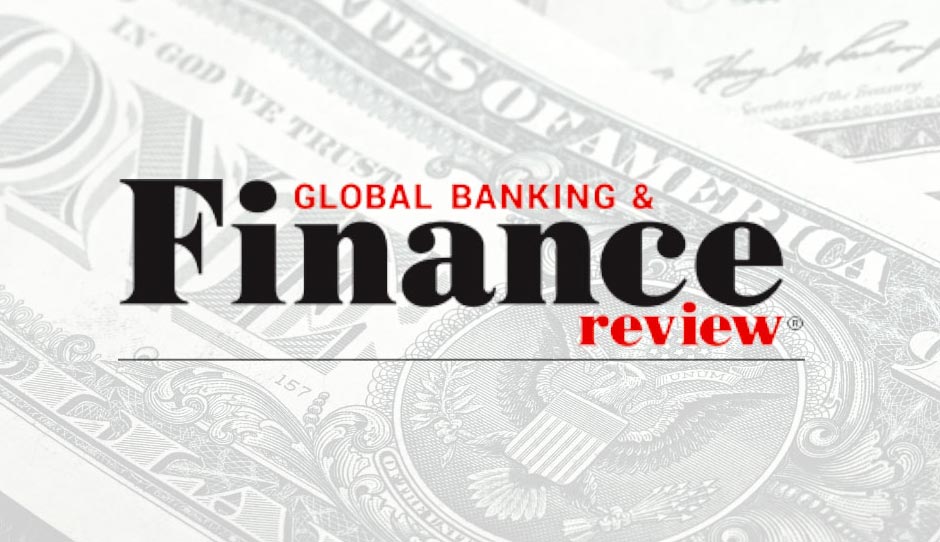Top Stories
With China’s Economic Prospects Sound, the Focus Shifts to Structural Issues, According to the World Bank
China’s growth has moderated somewhat to a still healthy pace, with a shifting composition, according to the World Bank’s latest China Quarterly Update released today.
The Update, a regular assessment of China’s economy, finds that GDP growth declined from 10.6 percent in the first half to a still surprisingly strong 9.6 percent (year on year) in the third quarter.

The domestic economy cooled as the stimulus impact is fading out and the monetary stance is being normalized. Growth of investment and urban consumption has decelerated, and so has that of imports. Meanwhile, with exports strong, net external trade has contributed significantly to (yoy) growth and the external surplus is rising again.
The Update notes that, despite an expected deceleration, global growth prospects are fairly favorable due to emerging market strength. However, risks remain, including a weaker outlook in high income countries. Global price pressures remain contained by spare capacity in many countries, but raw material prices have risen again and there are upward inflation risks internationally.
China’s own economic prospects remain sound, with risks both ways, according to the Update. “Growth may ease a bit further as global growth decelerates and the macro stance is normalized but it remains supported by the traditional growth drivers and a robust labor market.” says Louis Kuijs, Senior Economist and main author of the Update. “We have edged up our GDP growth projection for 2010 to 10 percent after the third quarter data. We see growth at 8.7 percent in 2011 and easing somewhat further in the medium term.”
Pushed up by higher food prices, inflation may stay above the 3 percent target for a while. It is unlikely to escalate as core inflation remains in check. However, commodity prices may rise further while sustained high wage growth is unlikely but cannot be ruled out. Given the fundamental drivers of property prices, they are unlikely to be contained for long. On current trends and policies, the external surplus is on course to rise in 2011 and the medium term, in US dollar terms.
“Further normalization of the macroeconomic stance is needed to guard against macro risks.” says Ardo Hansson, Lead Economist for China. “The key concerns are asset price increases, strained local finances and nonperforming loans, while inflation risks cannot be ruled out. Importantly, two way risks call for policy flexibility.”
The authorities are broadly on track to normalize the overall monetary stance and meet the 2010 quantitative targets. They have also started to raise interest rates, although interest rates will need to increase further. International liquidity poses challenges to monetary policy, but these should be more manageable in China than in some other emerging markets. Nonetheless, measures can be taken to enhance protection against unwanted capital flows.
The preparations for the 12th Five-Year Plan (2011-2015) call for focus on structural issues and reforms, according to the Update. Changing the growth pattern is rightly a key target. The need to rebalance to more domestic demand led, service sector oriented growth seems stronger now than 5 years ago, in part because the international environment is less favorable. Rebalancing will not happen by itself-it will require significant policy adjustment.
This Update also discusses policies that would help boost private sector development, focusing on opening up sectors and reducing entry barriers, addressing investment climate constraints, and supporting research and development and innovation by the private sector. Further progress in energy conservation and development of renewable energy sources calls for further rebalancing the pattern of growth, energy pricing reforms, greater reliance on market-based mechanisms, and accelerated development and diffusion of new energy technologies.

-
Business3 days ago
Mike Bahun and Fundraising University Make a Lasting Impact on Sports Programs Nationwide
-
Top Stories4 days ago
After VW plant victory, UAW sets its sights on Mercedes in Alabama
-
Investing3 days ago
Forex Market Trends to Watch Out For in 2024
-
Top Stories3 days ago
Hedge fund borrowing hits five-year peak, Goldman Sachs says







